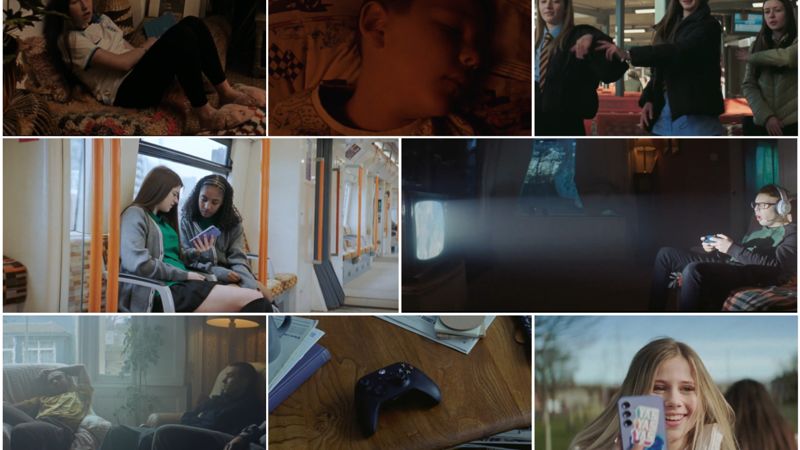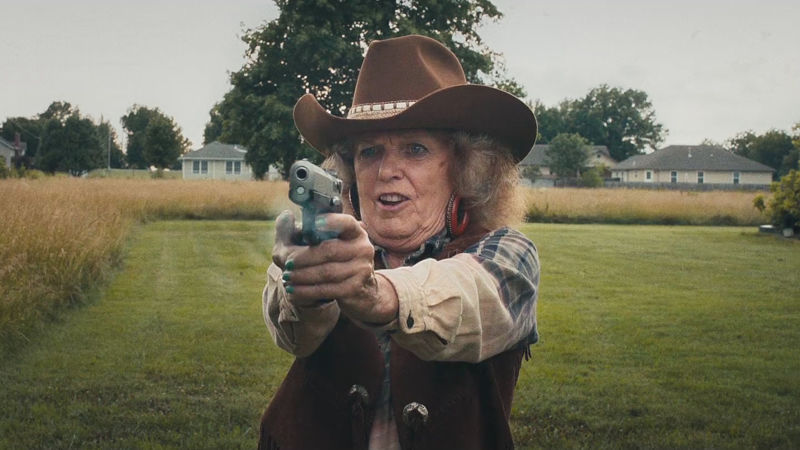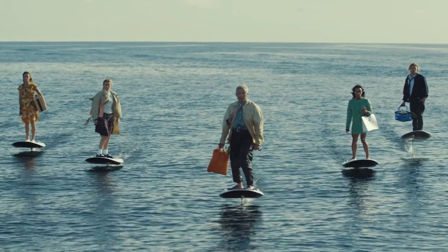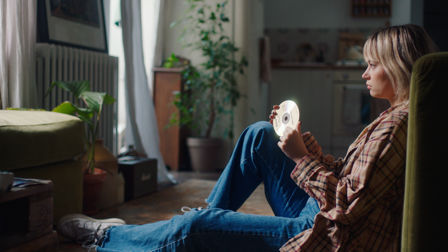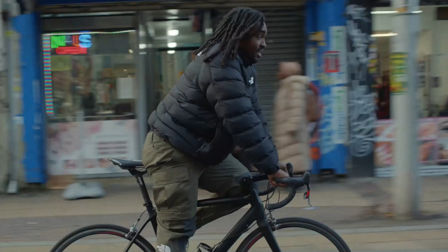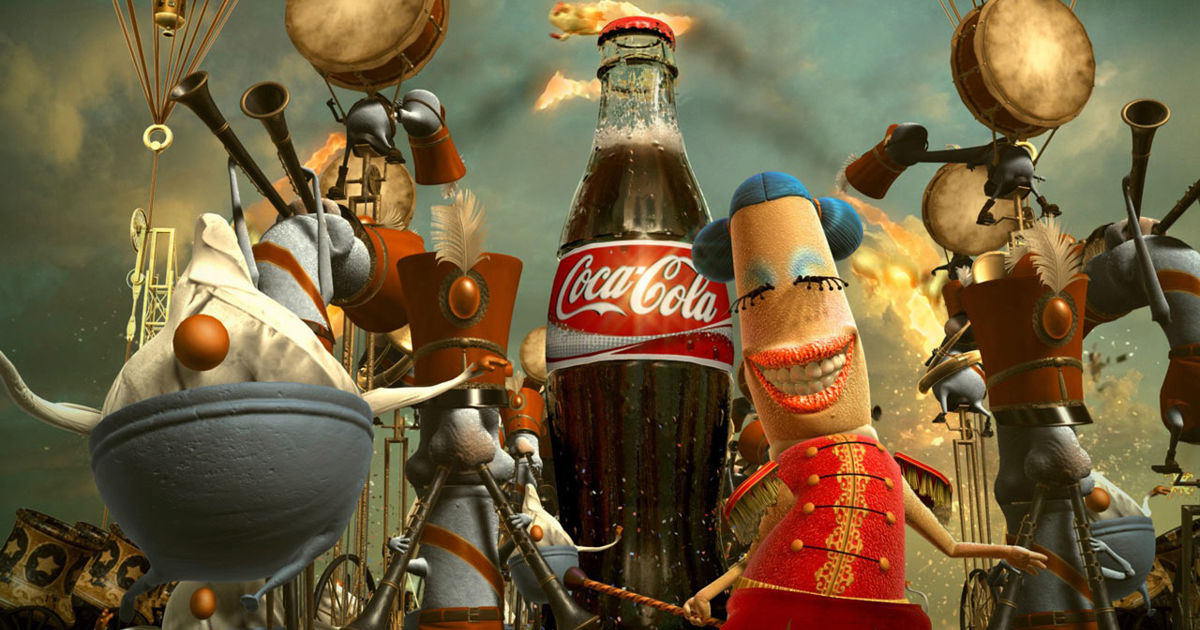On Reflection: Todd & Kylie make merry at The Happiness Factory
From fantasyscapes to flying Chinoiks, the Psyop directing duo look back on their award-winning animated series for Coke.
It was 2006 when Coca-Cola first gave us a peek inside The Happiness Factory, an epic animated world within a vending machine, peopled with weird and wonderful characters like giant amorous mouths and flying pigs.
Created by Wieden+Kennedy Amsterdam and gorgeously animated by Psyop, the spot went on to spawn one of the most successful branded content series in advertising history, spanning commercials, a musical mini-movie and even a faux documentary, and was showered with awards including an Emmy nomination.
Below, directing duo Todd Mueller and Kylie Matulick (aka Todd & Kylie) look back on how they crafted an imaginary world from scratch.
Credits
powered by
- Agency Wieden+Kennedy Amsterdam/Netherlands
- Production Company Psyop NY
-
-
-
Unlock full credits and more with a Source + shots membership.
Credits
powered by
- Agency Wieden+Kennedy Amsterdam/Netherlands
- Production Company Psyop NY
- Post Production Psyop NY
- Director of Photography Ray Coates
- Agency Producer Tom Dunlap
- Agency Producer Darryl Hagans
- Creative Hunter Hindman
- Creative Rick Condos
- Director Todd Mueller
- Director Kylie Matulick
- Director Peter Lydon
- Producer Debbie Ninnis
- Producer Boo Wong

Credits
powered by
- Agency Wieden+Kennedy Amsterdam/Netherlands
- Production Company Psyop NY
- Post Production Psyop NY
- Director of Photography Ray Coates
- Agency Producer Tom Dunlap
- Agency Producer Darryl Hagans
- Creative Hunter Hindman
- Creative Rick Condos
- Director Todd Mueller
- Director Kylie Matulick
- Director Peter Lydon
- Producer Debbie Ninnis
- Producer Boo Wong
We had been told Wiedens [Amsterdam] had been working on the script for over a year, developing it for live-action, before they decided to go with animation. We got the script on a Thursday, and they needed the pitch the following Monday. By Tuesday we were on a plane out to Amsterdam to start brainstorming.
One thing led to another and we ended up with legless flying pigs with nipple rings.
It was a Hail Mary pass, to use football parlance. We didn’t really have a lot of time to think about it. Often when that’s the case, you have to sometimes go with the first few ideas you have and follow your instincts. The idea was to create a world within a vending machine, so very quickly we decided that we wanted to explore these epic, natural fantasy-scapes full of weird and wonderful creatures, and with a mechanical element.
We approached every decision – whether it was the environment, the characters, or the mechanics – with the most ridiculous version we could think of. One thing led to another and we ended up with legless flying pigs with nipple rings. We got to be a little naughty.
Credits
powered by
- Agency Wieden+Kennedy Portland/United States of America
- Production Company Psyop NY
-
-
-
Unlock full credits and more with a Source + shots membership.
Credits
powered by
- Agency Wieden+Kennedy Portland/United States of America
- Production Company Psyop NY
- Post Production Joint Editorial
- Post Production Psyop NY
- Editor Ken Rosenberg
- Agency Producer Sandy Reay
- Creative Rick Condos
- Creative Al Moseley
- Creative Hunter Hindman
- Creative John Norman
- Director Todd Mueller
- Director Kylie Matulick
- Producer Mariya Shikher
- Creative Director John Norman
- Creative Director Al Moseley
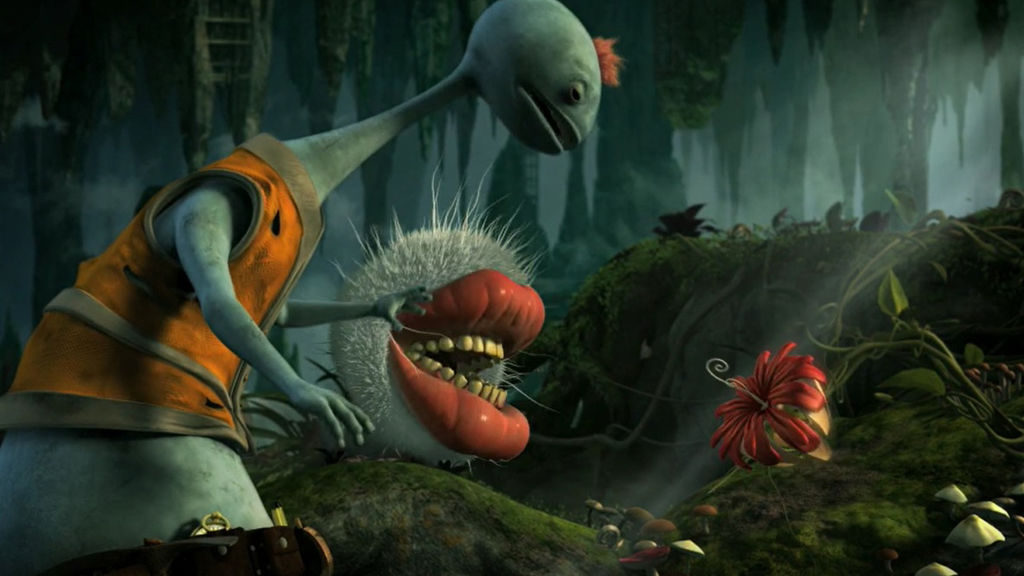
Credits
powered by
- Agency Wieden+Kennedy Portland/United States of America
- Production Company Psyop NY
- Post Production Joint Editorial
- Post Production Psyop NY
- Editor Ken Rosenberg
- Agency Producer Sandy Reay
- Creative Rick Condos
- Creative Al Moseley
- Creative Hunter Hindman
- Creative John Norman
- Director Todd Mueller
- Director Kylie Matulick
- Producer Mariya Shikher
- Creative Director John Norman
- Creative Director Al Moseley
In the Happiness Factory world there’s a sense of celebration in every moment, whether it’s loud or quiet. There’s a lot of functionality to it, each character has a job to do and each section there’s tasks they’re responsible for. We tried to express that job in the most fun, whimsical way we could think of.
You always have to find one or two moments when you’re really showing emotion. When the Chinoinks [the flying pigs] are flying away with the bottle, one of the little workers is on the platform and he runs to the edge and waves goodbye. He’s so excited to see the bottle go. It’s a wobbly farewell and a beautiful character moment.
The rest of the series came out of that first project: [Coca-Cola] weren’t planning on doing a series. It was pretty much under the radar – luckily, they had a good amount of time, a good budget, to do something great, but there weren’t a lot of eyeballs on it, shaping the creative. Just the good ones! There wasn’t a huge amount of negotiation, which really allows for a lot of creative freedom.
Credits
powered by
- Agency Wieden + Kennedy/Amsterdam
- Production Company Psyop
- Director Todd/Kylie Mueller/Matulick
-
-
Unlock full credits and more with a Source + shots membership.
Credits
powered by
- Agency Wieden + Kennedy/Amsterdam
- Production Company Psyop
- Director Todd/Kylie Mueller/Matulick
- Exec Producer Corey Bartha
- Exec CD John Norman
- CD Sue Anderson
- Art Director Barney Hobson
- Producer Darryl Hagans
- CD Jorge Calleja
- Copywriter Rick Chant
- Exec CD Jeff Kling
- Exec Producer Neysa Horsburgh
- Music Human Music & Sound Design/USA
- Audio post PLAY
- Exec Producer Kate Gibson
- Sound Design Bill Chesley
- Mnemonic Human Music & Sound Design/USA
- Line Producer Michael Schlenker
- Line Producer Kim Wildenburg
- DP Federico Barbabosa

Credits
powered by
- Agency Wieden + Kennedy/Amsterdam
- Production Company Psyop
- Director Todd/Kylie Mueller/Matulick
- Exec Producer Corey Bartha
- Exec CD John Norman
- CD Sue Anderson
- Art Director Barney Hobson
- Producer Darryl Hagans
- CD Jorge Calleja
- Copywriter Rick Chant
- Exec CD Jeff Kling
- Exec Producer Neysa Horsburgh
- Music Human Music & Sound Design/USA
- Audio post PLAY
- Exec Producer Kate Gibson
- Sound Design Bill Chesley
- Mnemonic Human Music & Sound Design/USA
- Line Producer Michael Schlenker
- Line Producer Kim Wildenburg
- DP Federico Barbabosa
One of the cool things about animation is that once you build the asset – a character, or a location, or a prop, you have that asset in the same way you would in the real world, and you can use it again. That being said, there's a pressure to make a sequel twice as big, or ten times as big! So there's great efficiency [in re-using assets] that allows you to deploy the budget in other ways to make the spot bigger and better.
What we like about the characters... is that they’re not cute. They’re a little ugly. Some of them don’t even have eyes.
We hadn’t done anything like that, in terms of the technical aspects, finish and quality, up until that point. There was definitely a big question mark: can we pull this off? It’s always exciting when your team have to rise to a challenge like that. There’s a real energy that comes from that, and everyone’s leaning on each other. There's a lot of focus and passion.
Animation is such a sculptural process. You have to constantly add layers of detail, and everyone needs to be engaged all the way through.
Credits
powered by
- Agency Psyop
-
- Director Todd Mueller and Kylie Matulick
-
-
Unlock full credits and more with a Source + shots membership.
Credits
powered by
- Agency Psyop
- Director Todd Mueller and Kylie Matulick
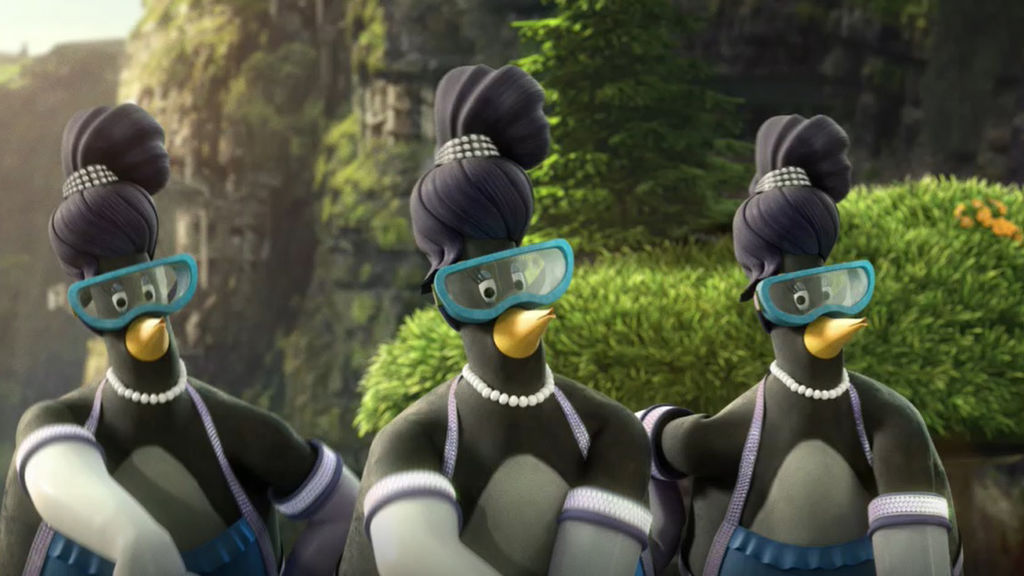
Credits
powered by
- Agency Psyop
- Director Todd Mueller and Kylie Matulick
If we were given that script today, we’d build it all in real time and make it interactive. Now, with the tool set that’s coming out we could build that world and you could move through it like in a video game. It would take some time to do, but you could create a totally immersive, three-dimensional world around it. That’s where the technology is going.
What we like about the characters we designed for Happiness Factory is that they’re not cute. They’re a little ugly. Some of them don’t even have eyes. We wanted to create a shared imaginary vision with people, and mix in a little feeling, versus what you usually get with animation where it’s really pawing through your emotions.
We’re both a little biased towards animation. Most animation does have a timeless quality because it’s more about evoking imagination than it is about representing reality. You look at some of the original Disney movies, like Dumbo. There’s a beautiful, emotional moment where Dumbo flies into his mother’s trunk, and it still holds up. In a way animation gives a big memory spike if it’s done well; you can create this moment in time which resonates.
Credits
powered by
- Agency Wieden + Kennedy/Amsterdam
- Production Company Psyop
- Director Todd/Kylie Mueller/Matulick
-
-
Unlock full credits and more with a Source + shots membership.
Credits
powered by
- Agency Wieden + Kennedy/Amsterdam
- Production Company Psyop
- Director Todd/Kylie Mueller/Matulick
- Producer Sandy Reay
- Director Andreas Hoffmann
- DP Alvaro Weber
- Editor Ken Rosenberg
- Sound Design Sound Design
- Sound Design Human Music & Sound Design/USA
- Sound Design Sound Lounge
- Mnemonic Human Music & Sound Design/USA
- Audio post Rex Recker
- DP David Carretero Blake
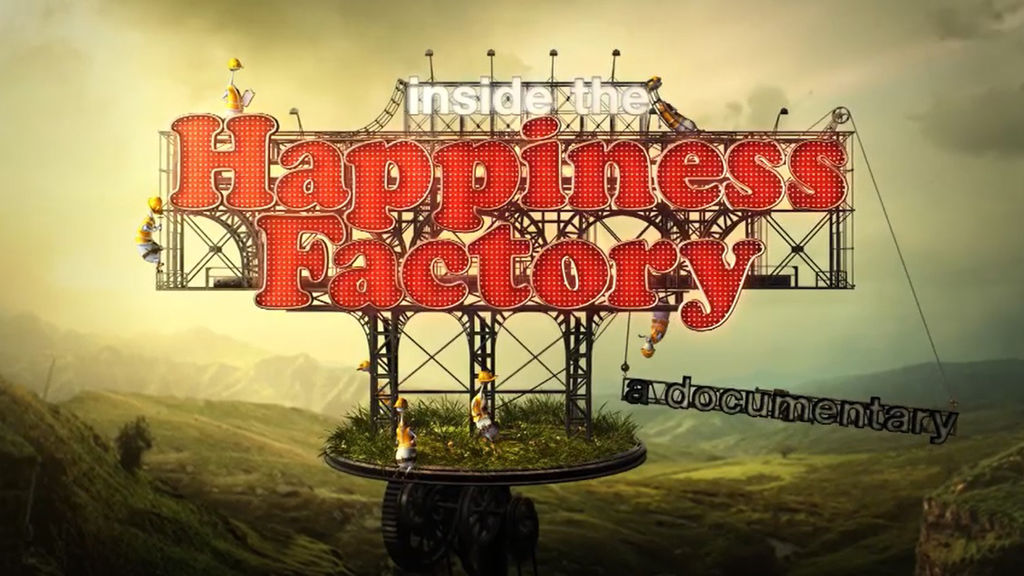
Credits
powered by
- Agency Wieden + Kennedy/Amsterdam
- Production Company Psyop
- Director Todd/Kylie Mueller/Matulick
- Producer Sandy Reay
- Director Andreas Hoffmann
- DP Alvaro Weber
- Editor Ken Rosenberg
- Sound Design Sound Design
- Sound Design Human Music & Sound Design/USA
- Sound Design Sound Lounge
- Mnemonic Human Music & Sound Design/USA
- Audio post Rex Recker
- DP David Carretero Blake
We were really proud of the spot, we put our heart and soul into all our work. The success and the reception it had outside of our studio, was quite unexpected. When you’re making it, you’re so close to it, you’re basically creating everything from nothing. Every little pixel and nuanced detail. It’s hard to get perspective on it and experience it with fresh eyes.
There’s a lot of really cool reasons to create animated content for brands. There’s a nice efficiency, and we get to create this unique place, a never-seen-before world filled with curious creatures. That’s really 'ownable' in so many wonderful ways. You’re essentially building IP as you’re making a commercial.
One of the fun things about projects like Happiness Factory is that you discover new ideas that make the whole over-arcing world better and there’s opportunities to expand the world and expand the characters. We’re getting back to the point where it’s more important to tell a story, and be associated with an interesting story or an interesting world. That seems like a great goal for a brand.
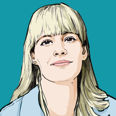)
